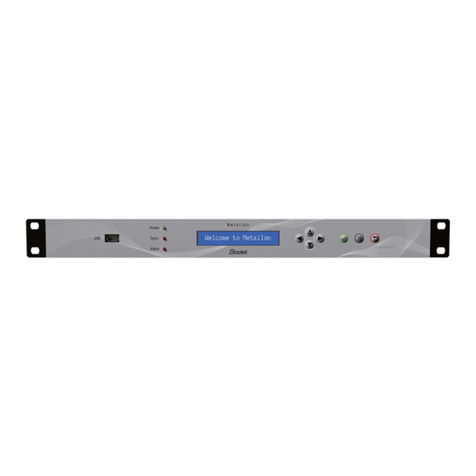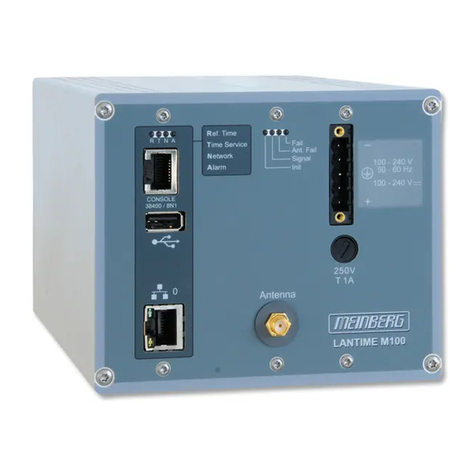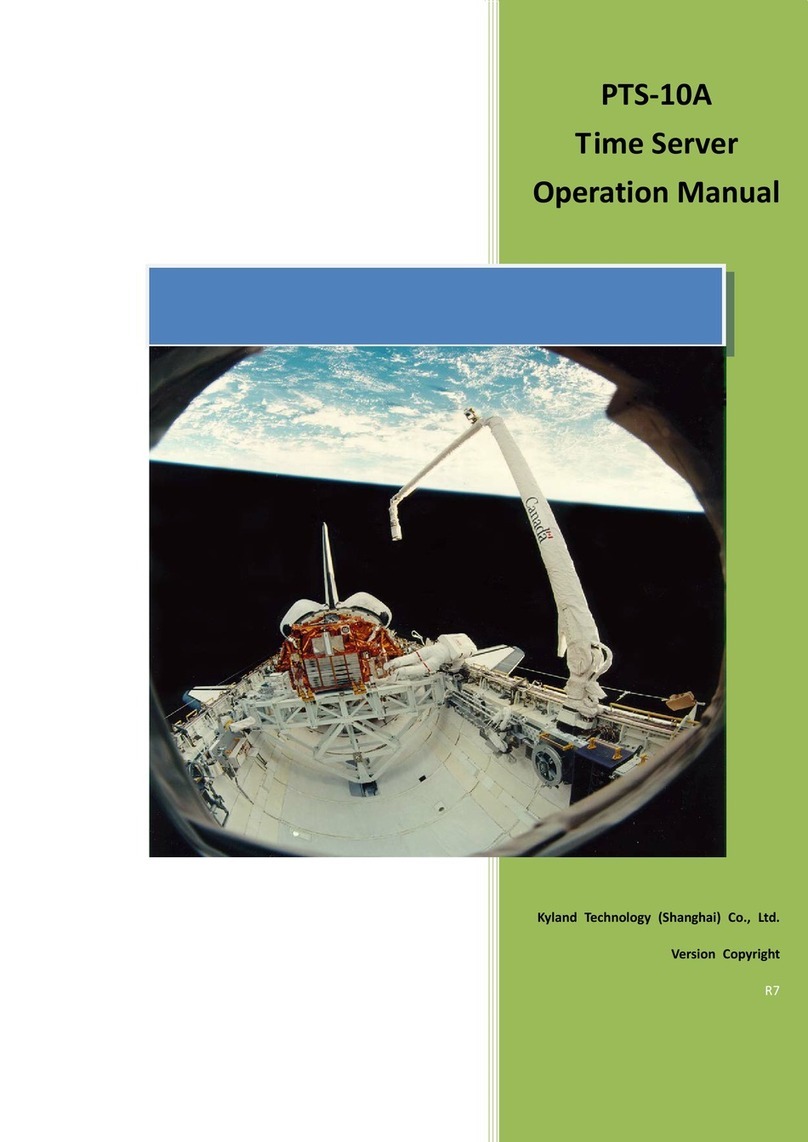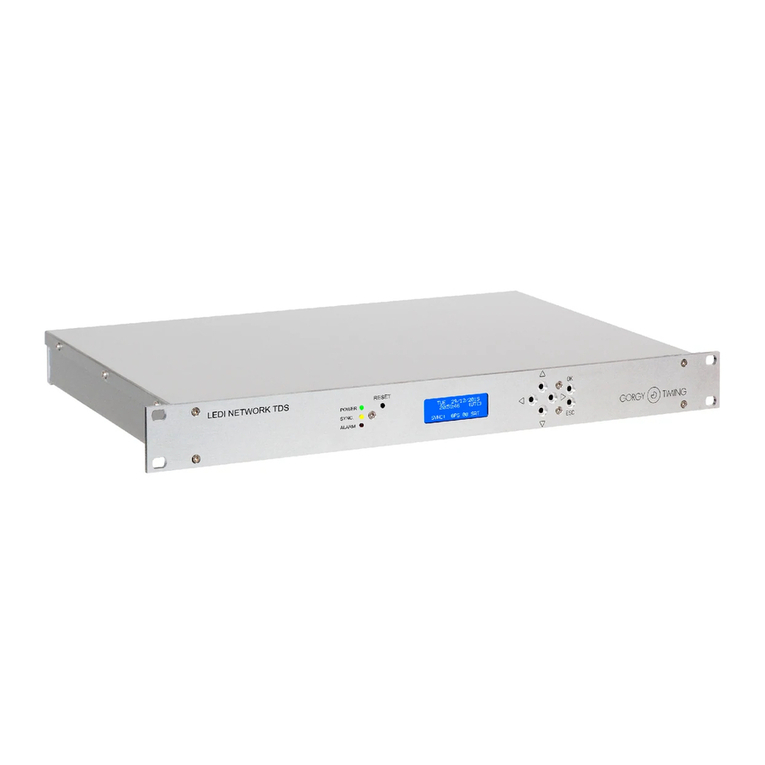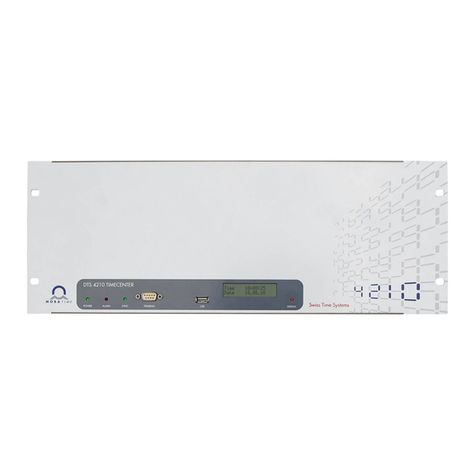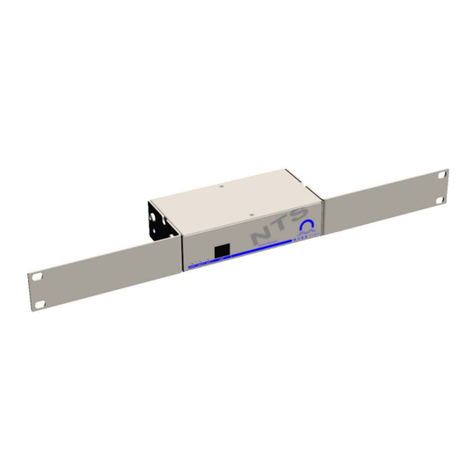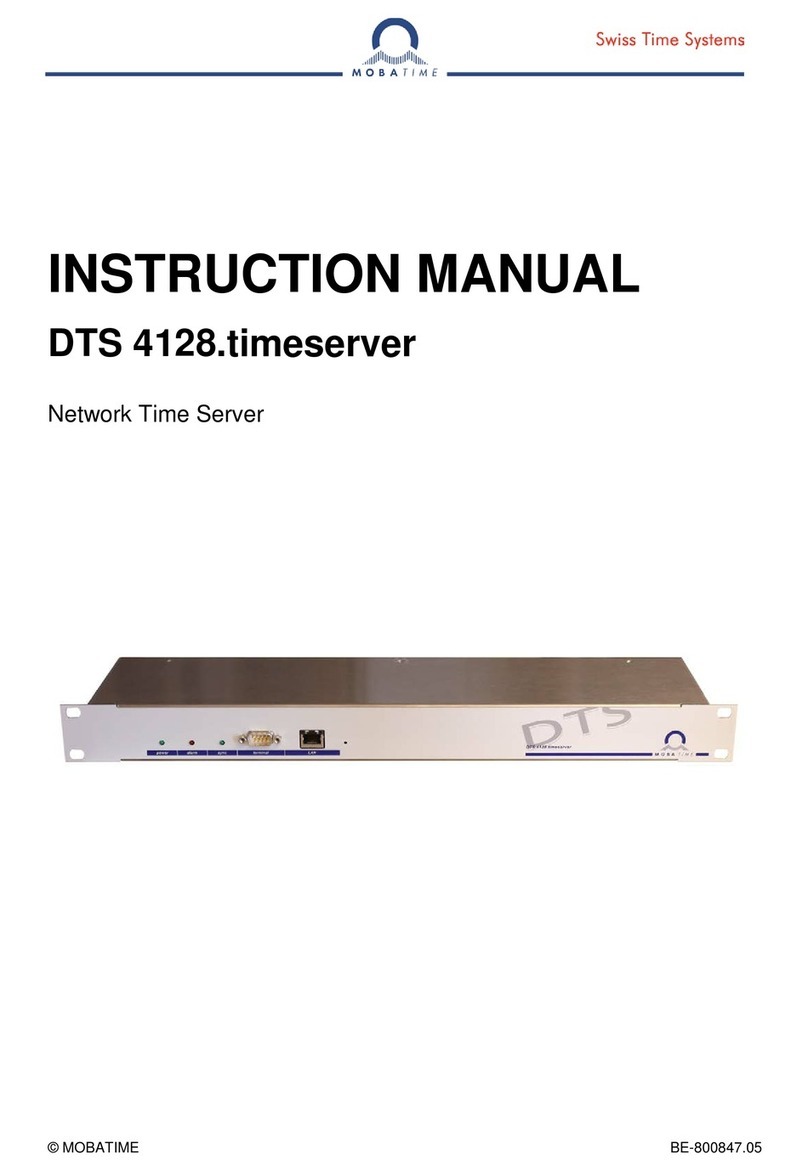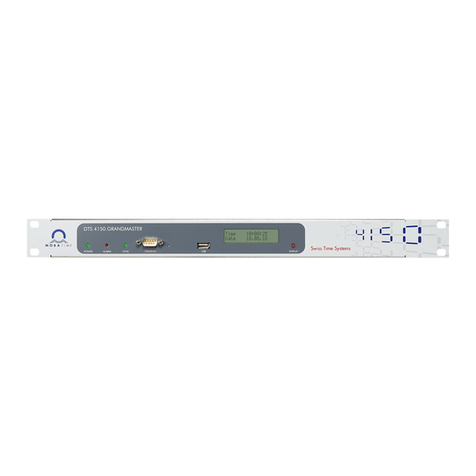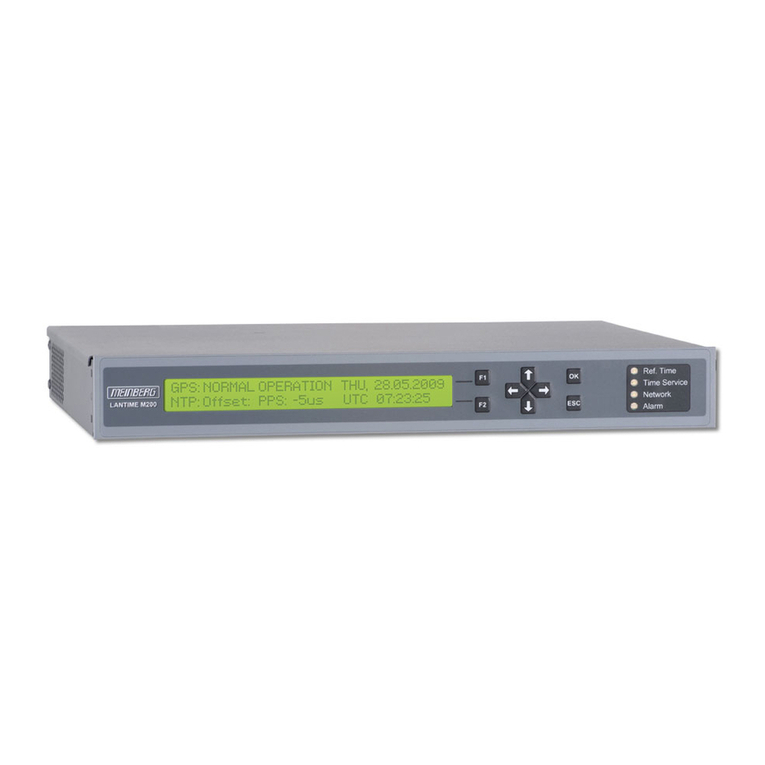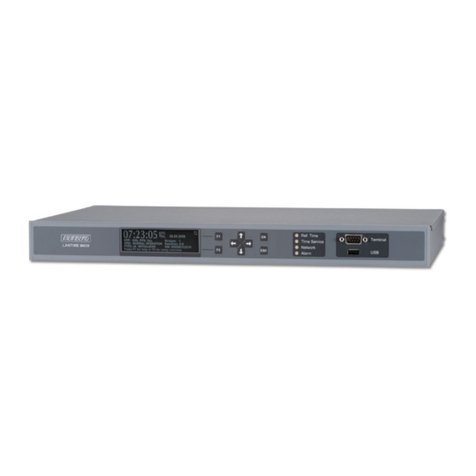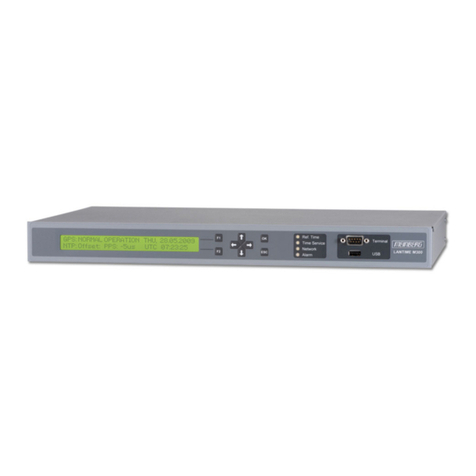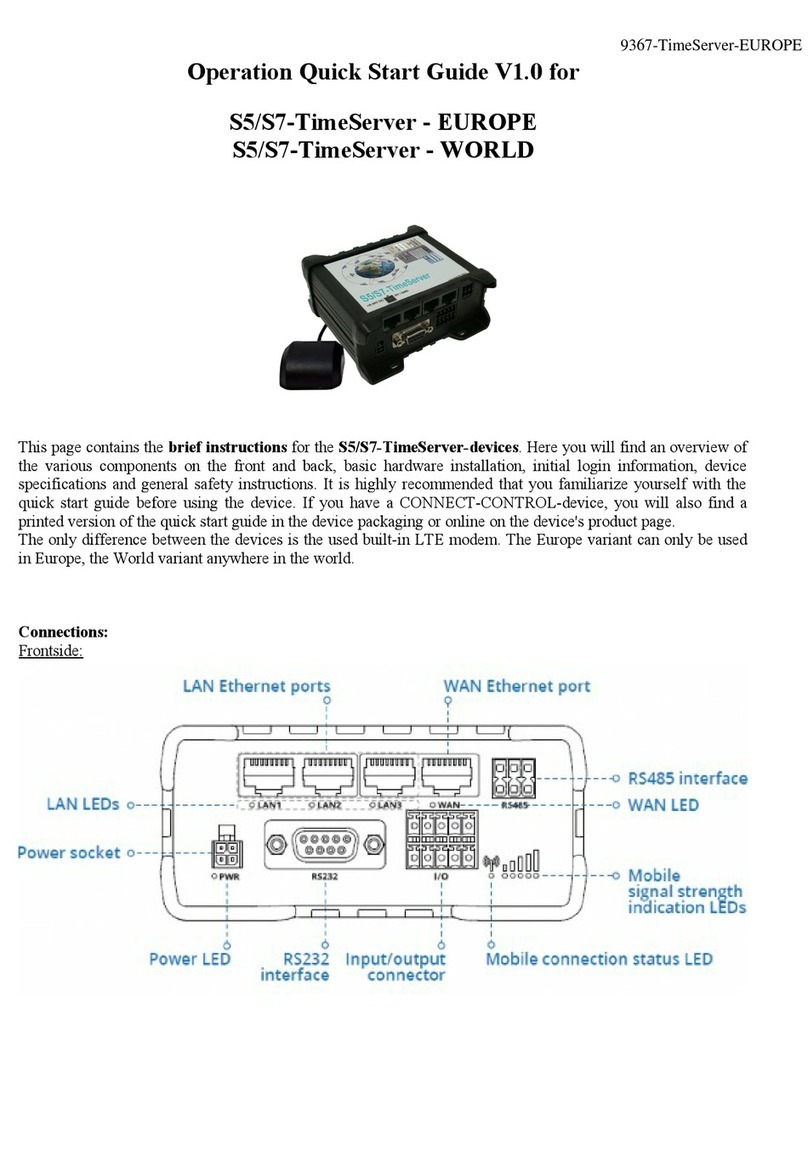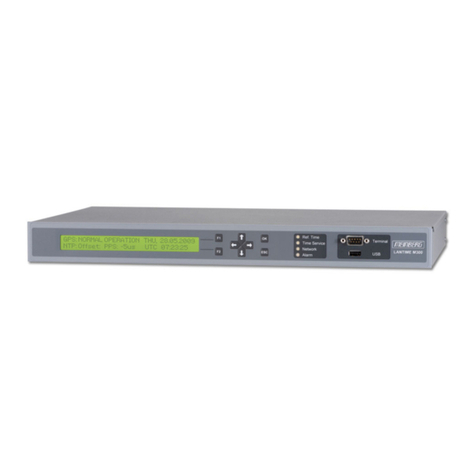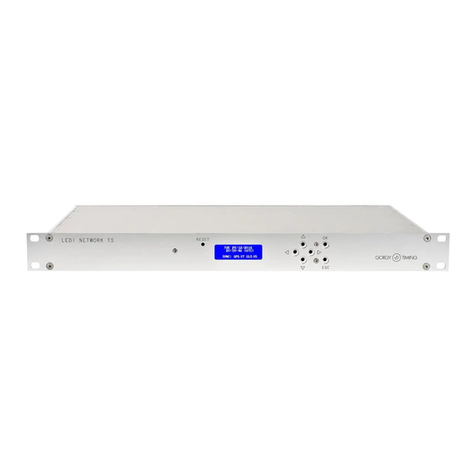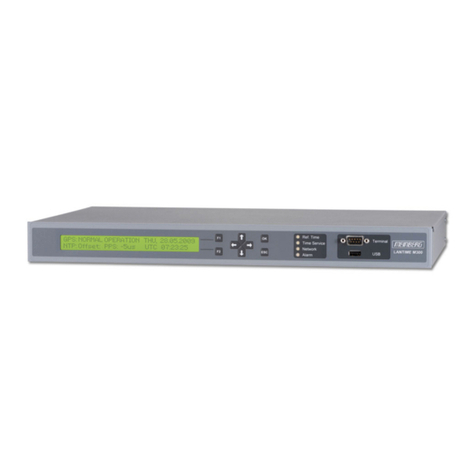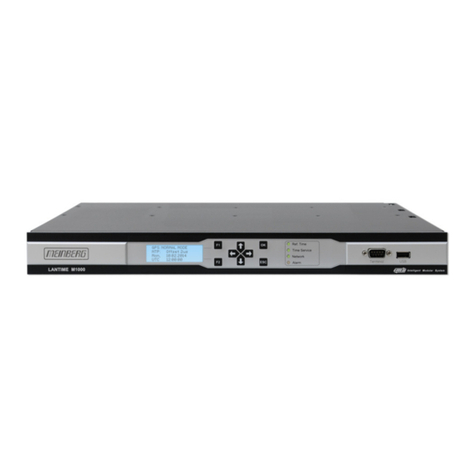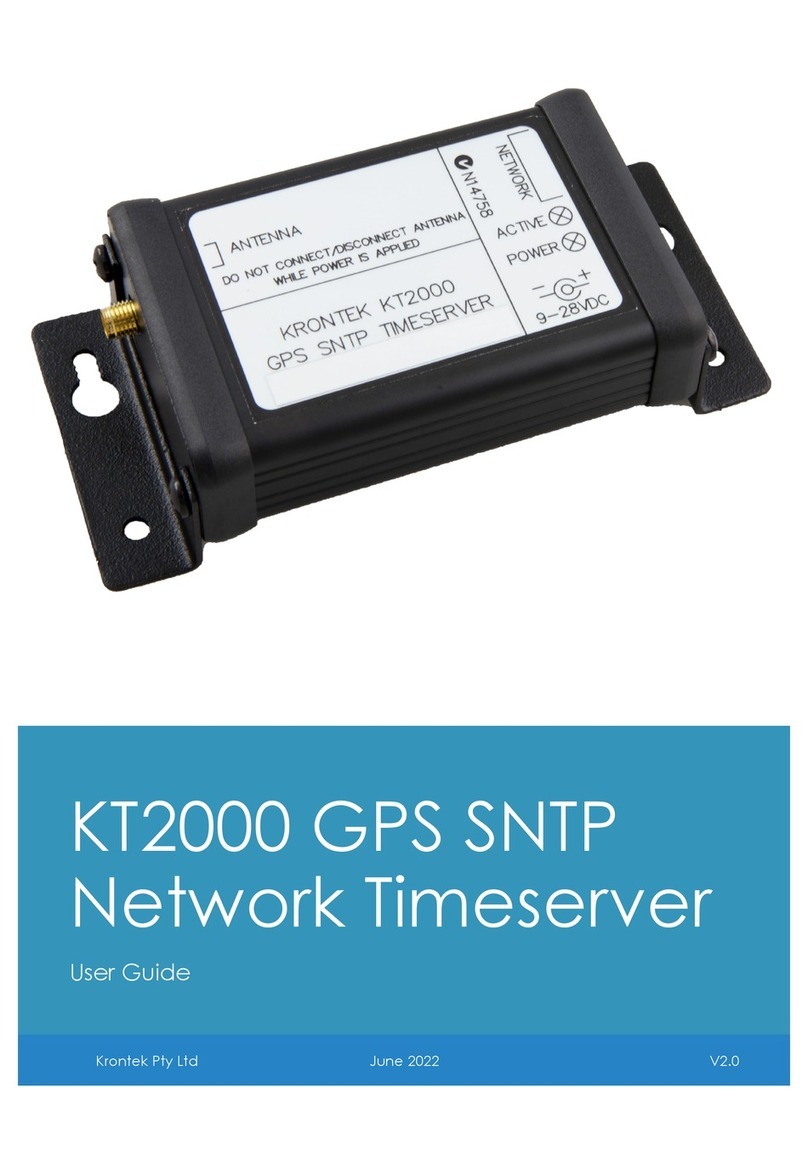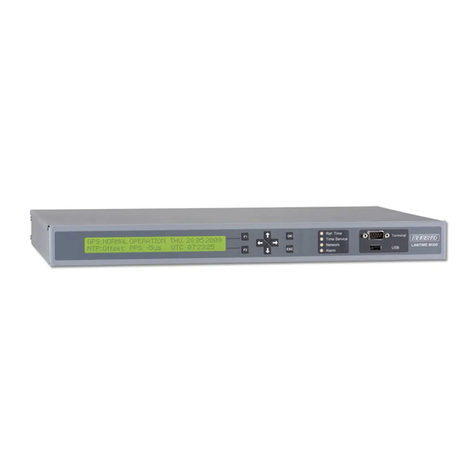
© MOBATIME 4 / 124 801214.10
Table of contents
1Safety............................................................. 6
1.1 Safety instructions...............................................6
1.2 Symbols and Signal Words used in this
Instruction Manual...............................................6
1.3 Intended Use.......................................................6
1.4 Observe operating safety!...................................7
1.5 Consider the installation site! ..............................7
1.6 Please observe the electromagnetic
compatibility! .......................................................7
2Maintenance .................................................. 8
2.1 Troubleshooting: Repairs....................................8
2.2 Cleaning..............................................................8
2.3 Disposing ............................................................8
3General Information: Introduction.................. 9
3.1 Scope of Delivery................................................9
3.2 Technical Data....................................................9
3.3 Device Description in this Manual.......................9
3.4 Introduction .........................................................9
3.5 Device types......................................................10
3.6 DTS Distributed Time System...........................10
3.7 MOBA-NMS - Network Management System ...11
4Displays ....................................................... 12
4.1 LED displays front side......................................12
4.2 LED indication back side...................................12
4.3 Display ..............................................................14
5Installation.................................................... 15
5.1 Connections......................................................15
5.2 Chassis Ground ................................................15
5.3 Boot procedure of the DTS 4160.grandmaster..15
5.4 Initial configuration............................................15
5.5 Firmware...........................................................15
5.6 Basic settings (factory settings).........................15
6Operation ..................................................... 16
6.1 General .............................................................16
6.1.1 Telnet..................................................................16
6.1.2 SSH.....................................................................16
6.1.3 Menu structure ....................................................17
6.2 MOBA-NMS operation.......................................18
6.3 Main menu ........................................................19
6.4 Status menu......................................................19
6.4.1 Time status information .......................................21
6.4.2 Time source information......................................23
6.4.3 Network diagnostic..............................................24
6.4.4 PTP information...................................................25
6.5 Configuration menu...........................................26
6.5.1 Outputs................................................................27
6.5.2 DCF – output.......................................................28
6.5.3 Pulse / Frequency output / 10 MHz output...........28
6.5.4 Serial interface ....................................................29
6.5.5 IRIG / AFNOR / DCF-FSK Output........................31
6.5.6 E1 signals............................................................32
6.5.7 NTP slave clocks / time zone server....................32
6.5.8 Time handling......................................................35
6.5.9 Time source ........................................................36
6.5.10 Time adjustment / Time-keeping..........................38
6.5.11 Redundant operation settings..............................39
6.5.12 NTP.....................................................................39
6.5.13 PTP Configuration...............................................42
6.5.14 GNSS settings.....................................................45
6.5.15 DCF settings........................................................46
6.5.16 E1 settings ..........................................................46
6.5.17 Manual time set / Leap second............................47
6.5.18 Alarms.................................................................48
6.5.19 Alarm relay..........................................................48
6.5.20 Alarm mask.........................................................49
6.5.21 E-mail..................................................................50
6.5.22 SNMP traps.........................................................52
6.5.23 General settings ..................................................54
6.5.24 Network...............................................................55
6.5.25 Link aggregation LAG..........................................59
6.5.26 IPv4 static routing................................................60
6.5.27 VLAN configuration..............................................61
6.5.28 Services (network services FTP, telnet, SSH...)...62
6.5.29 SNMP..................................................................63
6.5.30 SNMP V1 / V2c....................................................64
6.5.31 SNMP V3 ............................................................64
6.5.32 Time zone selection.............................................67
6.6 Maintenance menu ...........................................68
7Updates ........................................................70
7.1 Updating images with MOBA-NMS...................70
7.2 Updating images with FTP................................70
7.3 Updating applications or configurations with
FTP...................................................................71
7.4 Updating images via USB.................................71
7.5 Updating applications or configurations via
USB...................................................................72
7.6 FTP connection.................................................73
7.7 SFTP connection ..............................................73
7.8 SCP connection................................................74
7.9 Save Configuration externally...........................74
7.10 Copying Telegram files to the DTS
4160.grandmaster.............................................75
8Time administration......................................76
8.1 Concept of time administration..........................76
8.2 Synchronization process & diagram..................77
8.3 Time acceptance...............................................79
8.4 Stratum handling...............................................80
8.5 Source change example situation.....................81
8.6 Time server.......................................................81
8.7 Time accuracy, time-keeping............................81
8.8 Leap second .....................................................82
8.8.1 Introduction to the leap second............................82
8.8.2 Leap second handling by the DTS4160:..............82
8.8.3 Leap second alert notification on DTS 4160
outputs ................................................................83
8.8.4Leap second correction mode..............................83
8.8.5 Leap second status indication..............................83
8.9 NTP Authentication...........................................84
8.9.1 NTP symmetric keys............................................84
8.9.2 NTP Autokey.......................................................85
8.10 PTP...................................................................85
8.11 Synchronous Ethernet (SyncE).........................86
8.12 E1 .....................................................................86
8.13 Oscillator...........................................................86
8.14 Redundant operation of 2 DTS
4160.grandmaster.............................................87
8.15 Logfile Synchronization status ..........................88
9SNMP ...........................................................89
9.1 General.............................................................89
9.2 Device configuration with SNMP.......................90
9.3 DTS subagent SNMP notification......................90
9.3.1 Startup [dts4160StartUp].....................................90
9.3.2 Shutdown [dts4160Shutdown] .............................90
9.3.3 Status changed [dts4160StatusChanged]............91
9.3.4 Configuration changed
[dts4160ConfigChanged].....................................91
9.3.5 Alive Notification [dts4160Alive]...........................92
9.3.6 Alarm Notification [dts4160Alarm]........................92
10 Redundant Power supply.............................93

